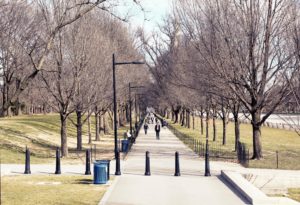
Bollards provide an effective method of demarcation, protection, and security in a variety of indoor and outdoor spaces. However, their maintenance is often overlooked.
Bollards are designed to keep buildings, assets, and people safe. Therefore, they must be properly maintained to ensure they continue to do their job.
Simple, periodic inspections and repairs can prolong the lifespan of your bollards. Follow our comprehensive guide to bollard maintenance, to ensure their effectiveness and save you money in the long run.
What causes damage to bollards?
Before carrying out any inspections or maintenance, it is important to first understand what can cause damage to bollards. The two main causes of damage to bollards are environmental conditions and human interaction.
Although bollards are designed to withstand adverse environmental and weather conditions, strong winds, rain, snow, ice, and even sun can take their toll on them over time.
Bollards in coastal environments are more susceptible to damage from saltwater spray, and high-traffic areas are subject to pollutants.
Many bollards are installed in car parks and on roads to serve as a visual aid to drivers in car parks and on roads. However, they are sometimes accidentally driven into, which can cause damage such as dents or scratches to bollards.
As well as accidental damage, bollards are also often subjected to intentional damage. People may vandalise bollards – they might graffiti on them, or stick flyers or stickers to them.
Bollard inspection
Now you have an understanding of how bollards can become damaged, it is time to carry out an inspection.
There are many issues to look out for when you inspect a bollard, including dents, breaks, cracks, rust, a buildup of dirt, salt or atmospheric residue, vandalism, vehicle impact, reduced performance, loose or missing fixings, or any other wear and tear.
If possible, it is worth taking some suitable fixings and tools with you in case any need replacing, then you can fit those during the inspection.
We recommend inspecting your bollards at least once a month. The harsher the environment that the bollards are in, the more often you should check them. If you have bollards in a highly polluted area, these should be inspected weekly.
Bollard maintenance
When it comes to maintenance, the best approach depends on the material which the bollard is constructed from. A tailored maintenance regimen is crucial to effectively maintaining your bollards.
Bollards constructed from steel are typically galvanised for added protection. Do not use abrasive cleaning products on these as it could compromise the integrity of the galvanisation and cause the bollards to rust prematurely.
Minor knocks and scratches should not need repairing as galvanised steel can self-heal minor damage. However, more significant damage should be repaired with repair paint which comes in spray or paste form.
Pre-cast concrete bollards are very hard-wearing and sturdy, so they typically require little to no maintenance, but should still be inspected and cleaned periodically.
Concrete bollards are more likely to accumulate a build-up of dirt due to the rough surface texture. When cleaning concrete bollards, wear protective gloves to protect against concrete dust and to prevent abrasions.
Timber bollards come in a variety of hardwoods and softwoods. Timber can have sharp edges and can splinter, move and split. A light sanding should help with splinters and sharp edges.
However, there is unfortunately little that can be done to repair major damage to timber bollards, so replacement is the only option when timber bollards deteriorate.
All bollards should be cleaned regularly, ideally with warm soapy water, or a solution of water and detergent, and a soft nylon brush. Once cleaned and rinsed, dry with a soft cloth. This will help to improve its aesthetic and prolong its lifespan.
Avoid using solvent cleaners when removing graffiti. Opt for a specialist cleaner or T-cutting compound, then test your product on a small, inconspicuous area to assess the effect it has on the bollard, before cleaning larger areas or the entire bollard with it.
If a bollard is damaged beyond repair, is no longer effective, or if the integrity of the bollard has been compromised, or if it poses a risk to people or wildlife due to damage caused, then it is time to call in professional help or replace it.
With over 30 years of combined experience in manufacturing and installing bollards, Gateway Automation Ltd. offers a value-for-money service with well-engineered, high-quality bollards, manufactured to your specific requirements.
For total peace of mind, we offer nationwide maintenance contracts on our own bollards, as well as on existing perimeter security equipment made by other manufacturers.
Whether your business runs from small retail premises or a large industrial site, Gateway Automation can provide you with a free, no-obligation quote and feasibility survey to assess your bollard requirements. Call us on 01522 682255, or email info@gatewayautomation.co.uk.

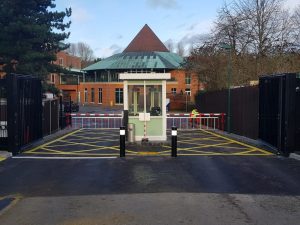
 If you’re reading this blog; then the chances are that you have identified perimeter security as an area of your business that needs to be addressed. Like many businesses, you may be concerned about the massive derailment of operations that can result from a serious security breach. If this is the case then read on to discover how perimeter security is fundamental to safeguarding your income, reputation, and peace of mind. And importantly, what questions you should ask when discussing your needs with a provider.
If you’re reading this blog; then the chances are that you have identified perimeter security as an area of your business that needs to be addressed. Like many businesses, you may be concerned about the massive derailment of operations that can result from a serious security breach. If this is the case then read on to discover how perimeter security is fundamental to safeguarding your income, reputation, and peace of mind. And importantly, what questions you should ask when discussing your needs with a provider.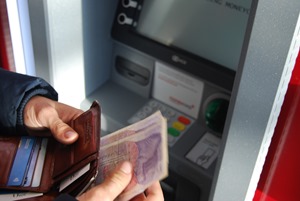 While all types of business premises can benefit from a security review, some sectors particularly need to keep their finger on the pulse. One of those is banking as banks are traditionally a top target for criminals. Here we discuss the physical security for banks to consider.
While all types of business premises can benefit from a security review, some sectors particularly need to keep their finger on the pulse. One of those is banking as banks are traditionally a top target for criminals. Here we discuss the physical security for banks to consider.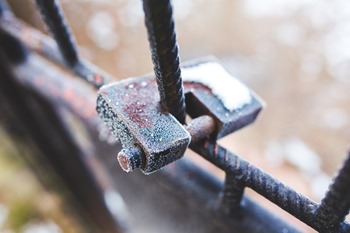 Although security is important all year round, businesses should focus on ensuring they have a specific security plan for the Winter months. Winter months bring unique security concerns that will need to be addressed. Here are eight business securing considerations for Winter.
Although security is important all year round, businesses should focus on ensuring they have a specific security plan for the Winter months. Winter months bring unique security concerns that will need to be addressed. Here are eight business securing considerations for Winter. 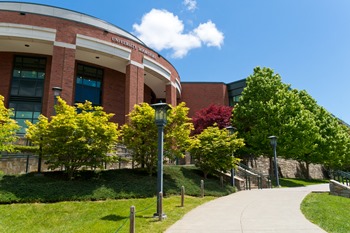 University campus security can be a difficult challenge to overcome. With hundreds of students coming and going around campus, it is crucial that sufficient security measures are in place. Here we discuss some of the best ways to approach campus security challenges and what measures should be enforced.
University campus security can be a difficult challenge to overcome. With hundreds of students coming and going around campus, it is crucial that sufficient security measures are in place. Here we discuss some of the best ways to approach campus security challenges and what measures should be enforced. 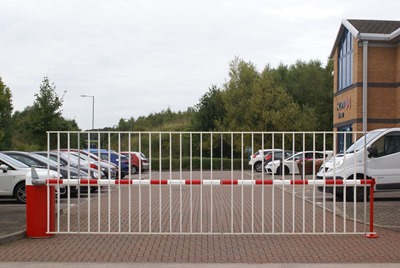
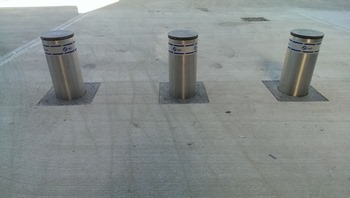

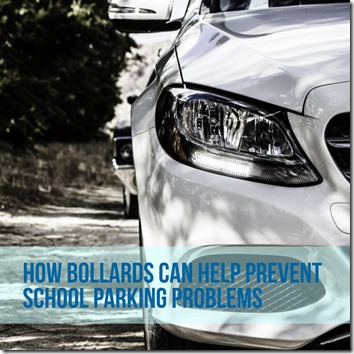
Recent Comments